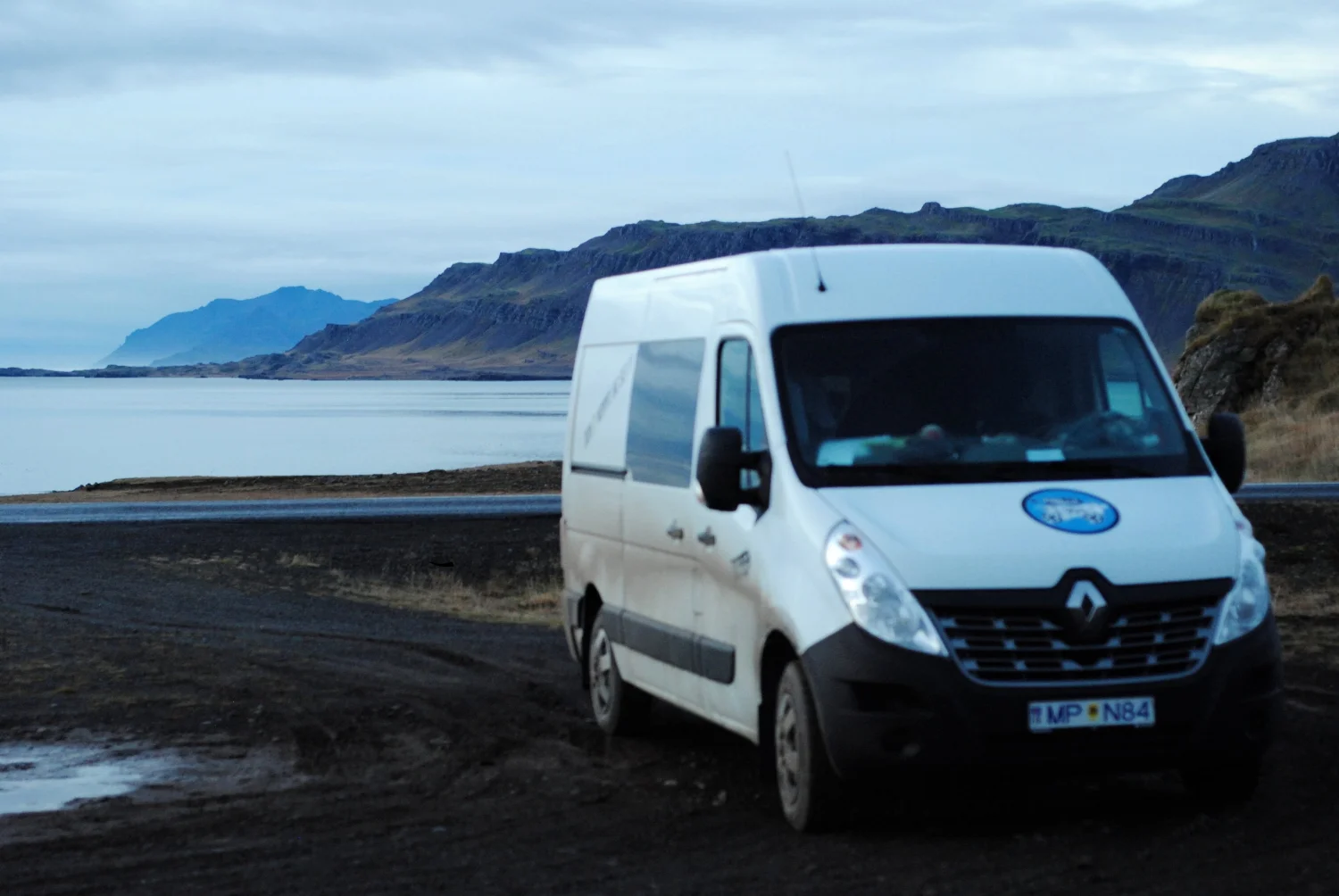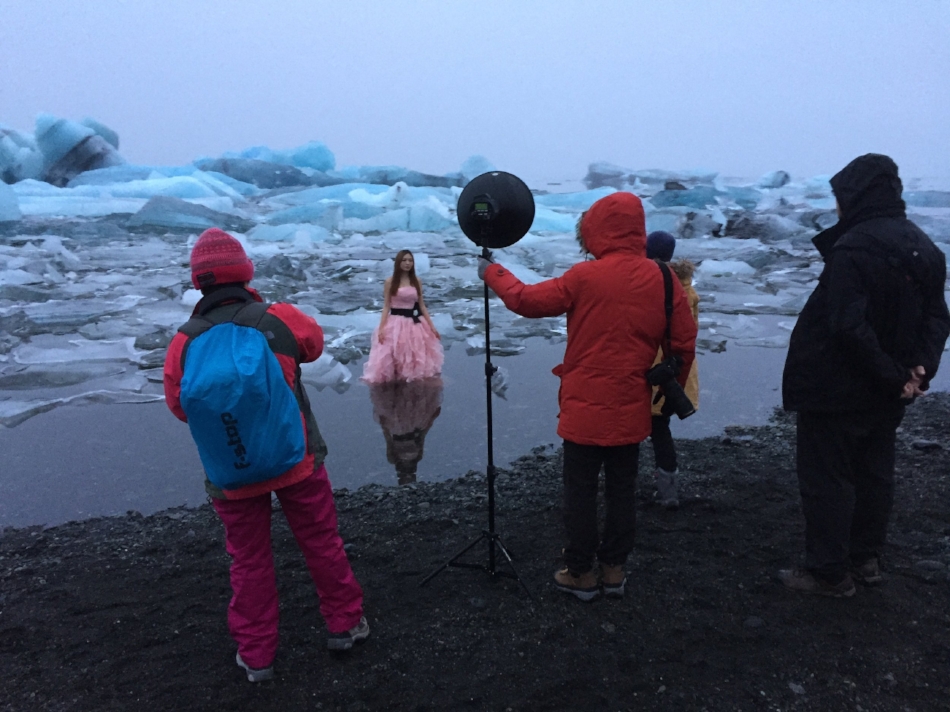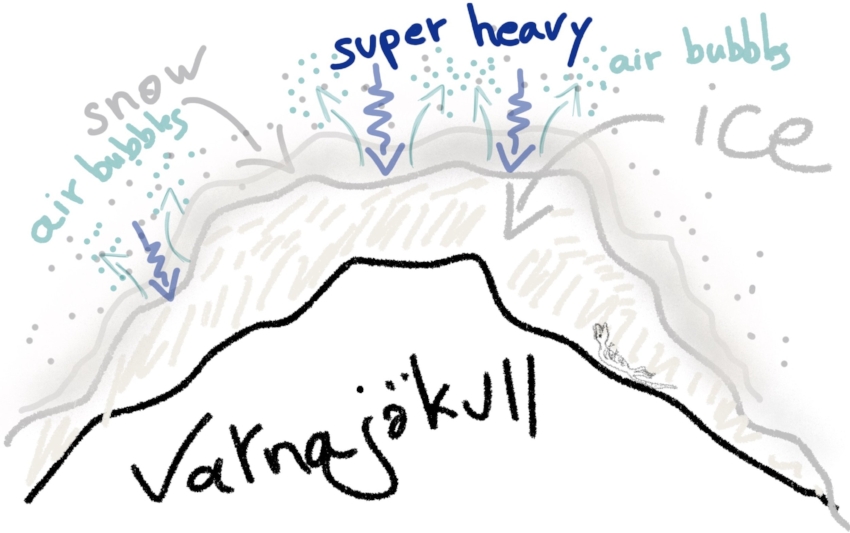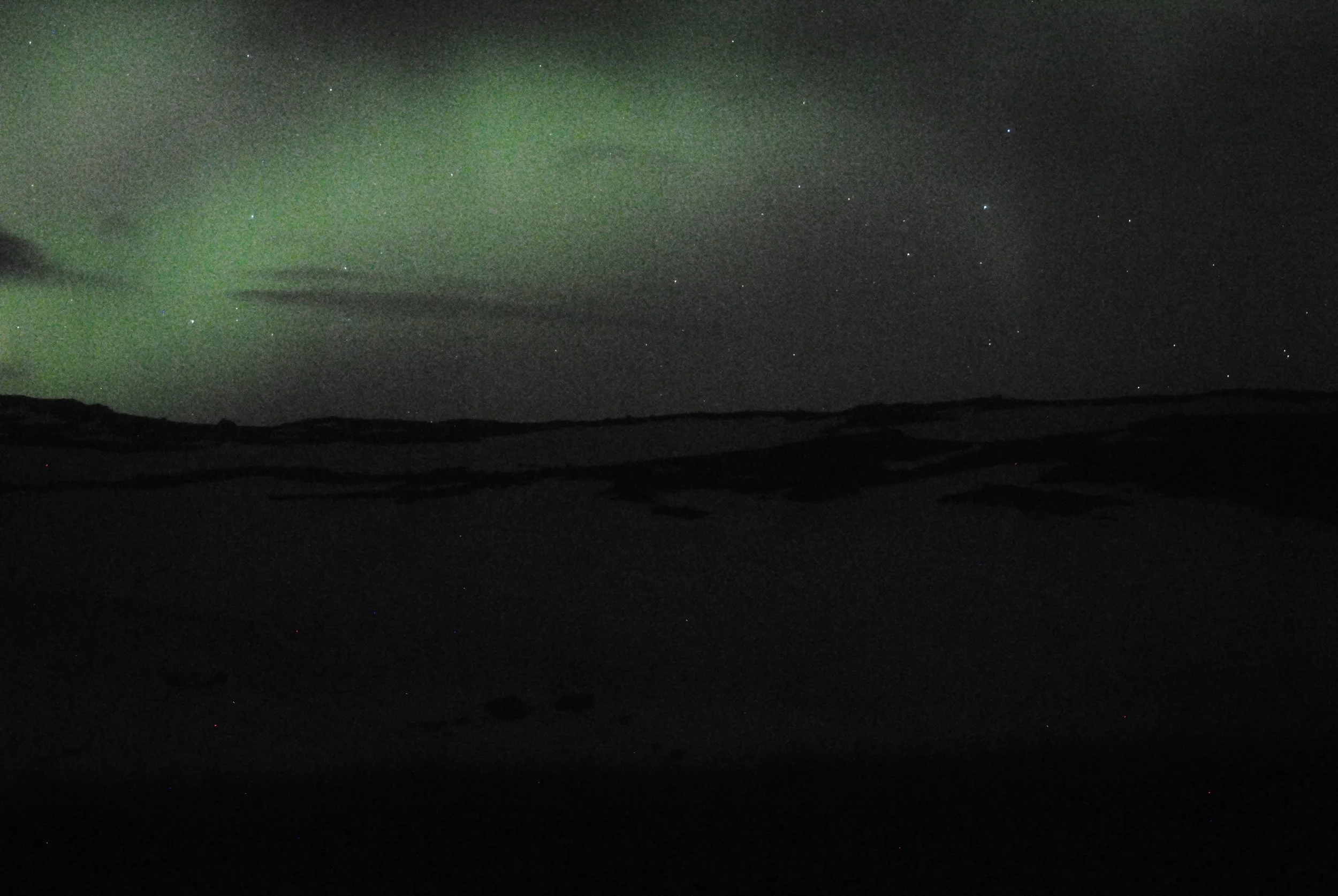It’s all very nice singing about overreacting half-giants and swimming trunks, but it will only get you so far.
What is the real fuel of an Icelandic Ukulele Adventure?
The more you endure the frost and harshness of Icelandic elements as you travel around the island, the more comfort you need to keep going. And that’s where Cornflakes with Filmjölk come in.
Technically Filmjölk is the Swedish word and the traditional icelandic milk-stuff is actually a yoghuty vikingy thing called skyr, but just roll with this one. I mean, sure, a traditional raw-milk skyr in the company of that half-giant would be more authentic; but it’s not like I met him anyway. And I didn’t see skyr when I was shopping at Netto in Reykjavík. So it’s Cornflakes with Filmjölk’ and it works just as well.
The Kuku Studios, parked.
And from the Kuku Studios (which are also the kitchen, living room, and the general relaxing ‘yay more than 5°C’ space of the adventure), here’s a proper recipe, with 1 map, 7 ingredients, and at least twice as many pixels. With this one, the “Kuku Cooking Show” is properly back, and also, properly gone, because it’s the final instalment. The Kuku Finale. Ready, steady, spill some egg!
It’s bean onion-cr-edible & egg-citing rye-de, but even weird cooking shows mustard-mit when time’s up.
As always with showbiz’, don’t entirely trust the glamour and perfectly filmed scenes of perfect omelettes. A Kuku Camper Van Road Trip in Iceland is not all 5 star meals and 1000 star skies . Behind the scenes, we just soldier through!
Driving back. Bean there, done that.
These Ukulele Road Trips are cooking, driving, and all round adventure-ing with Kuku Campers, the life saving exploring-enabling very nice people from Reykjavik., and playing and singing with CloudMusic ukes, perfect for praising Filmjölk. And cornflakes.



























